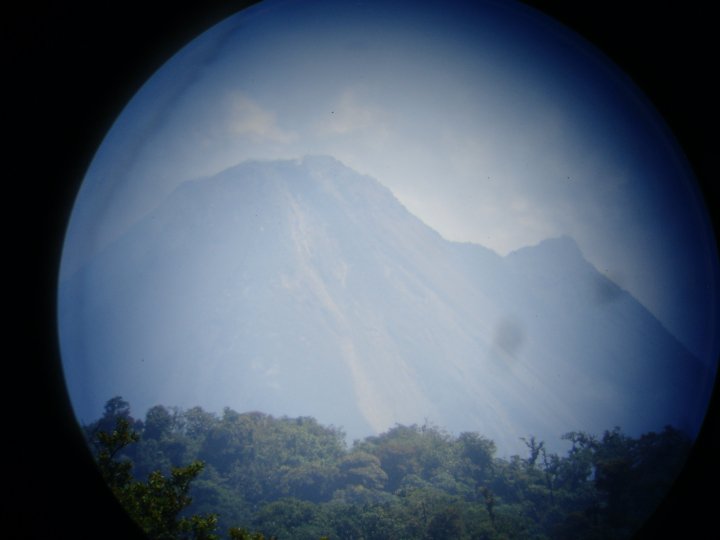The climate of Costa Rica is divided into two major seasons:
wet and dry. The dry season typically runs from January to April and the wet
season typically runs from May to November. The classifications of the seasons
as wet versus dry are the amount of precipitation recorded. The average
precipitation can differ depending on location. As of last year Costa Rica
averaged 77.6 inches of precipitation. Different regions within the country
receive more precipitation opposed to others. Guanacaste received 94.6 inches of
precipitation last year, which is relatively low, compared the highlands of
Monteverde home of the “Cloud Forest” that received 144.9 inches of
precipitation.
 |
| This graph above shows temperature, precipitation, and humidity in San Jose, Costa Rica. Courtesy of Google Images. |
The cloud forest of Monteverde is an incredible phenomenon
where walls of mist flow through the Tilarán Mountain Range. These walls of mist are brought from
the coast into the highlands from the Northeast Trade Winds. Costa Rica is
situated between 8 degrees and 11 degrees north latitude. Costa Rica lies
within the Intertropical Convergence Zone (ITCZ). ITCZ is where the northeast
and southeast trade winds meet in a low-pressure zone. Solar heating causes the
air to rise and results in an abundance of precipitation. The trade winds blow
from about 11-13 miles per hour and push the clouds that are full of
precipitation from the coast to the nearby highlands. The clouds are low-level
clouds that drift through the canopy layer of the forest and mist.
 |
| The Monteverde Cloud Forest. The low-level cloud lay upon the forest's canopy layer and mist. Photo Courtesy of Google Images. |
El Niño
Southern Oscillation (ENSO) was said to have an effect on Costa Rica a
couple of years ago. ENSO refers to differences in the surface of the Pacific
Ocean off of the west coast of South America and air surface pressure. The
changes in temperature in the water from warm (El Niño) to cool (La Niña) are known to cause climate
changes, for example, flooding or droughts.
Scientists have stated that the affects of ENSO changed Costa Rica’s
climate and might be the main factor in the extinction of several rare species
of frogs.
 |
| The Golden Toad of Costa Rica was a rare frog species that is said to be extinct due to the sudden drought in the cloud forest theoretically caused by ENSO. Photo Courtesy of Google Images. |
Sources:
- http://www.worldheadquarters.com/cr/climate/
- http://www.costaricaexpeditions.com/AboutCR/tempchart.php
- http://geography.about.com/od/climate/a/itcz.htm
- http://geography.about.com/od/climate/a/itcz.htm
- http://geography.about.com/od/physicalgeography/a/tradewinds.htm
- http://en.wikipedia.org/wiki/El_Niño–Southern_Oscillation
- Dr. Allen's Lectures












